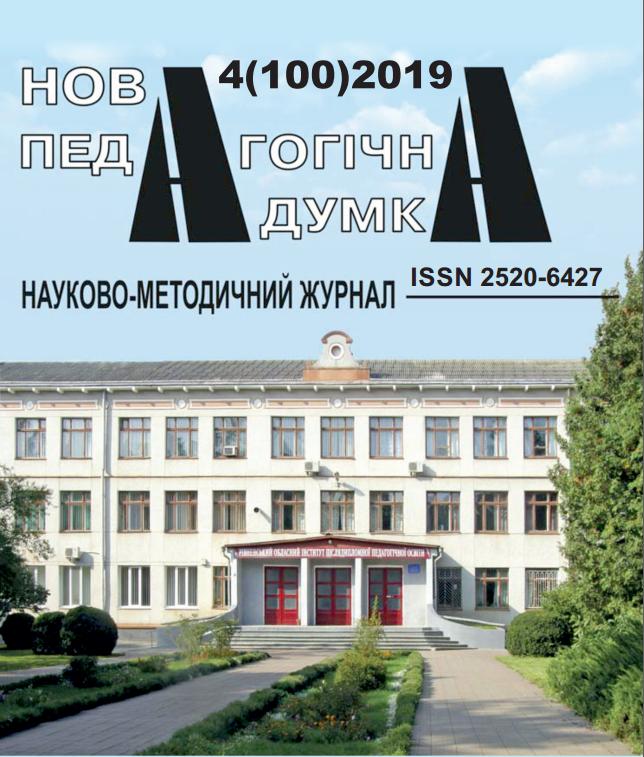ENHANCING MOTIVATION OF PARTICIPANTS IN THE EDUCATION PROCESS BY MEANS OF INFORMATION AND COMMUNICATION TECHNOLOGIES
Abstract
In the XXI century, the defining component of educational activities is motivation. Its relevance is due to the educational activities, the updating of the content and teaching methods, the formation of self-learning techniques and the developing activity of applicants.
Motivation may be internal or external to the activity, which is the result of the internal characteristics of the individuality as a subject of the activity.
The motive – is the motivation to work connected with the satisfaction of human needs. As the motive of learning we understand something, for what the child learns, that makes her or him learn.
Motivation is a system of motives that causes the activity of organism and determines its orientation. Educational motivation is based on the need, which stimulates the cognitive activity of the child and the readiness for absorbing knowledge.
Since the birth, many children have a natural desire to learn something new and it is usually preserved to the age of seven, but the further learning success depends on their motivation. Of course, teachers and parents cannot make the child be more motivated, but they can help him or her to develop the ability of self-motivation.
In general, the entire arsenal of teaching methods are used to form the motives of training: verbal, visual and practical, reproductive, search, inductive and deductive, etc. Each of these methods, except the information-training one, also carries out motivational influence.
The use of ICT expands more possibilities of these methods and therefore it contributes to the formation of a sustainable motivation for learning. The child's brain, that is configured to gain knowledge, is much easier to perceive the information offered with multimedia at the lesson.
The computer allows to involve all three channels of perception of learners: auditory, visual and kinesthetic. It allows to increase the volume and strength of the absorption of the material and it improves the status of pupils in the educational process, rises their cognitive activities and develops the interest in the subject. It expands the field for the students’ independent activity and enhances their motivation for learning.





